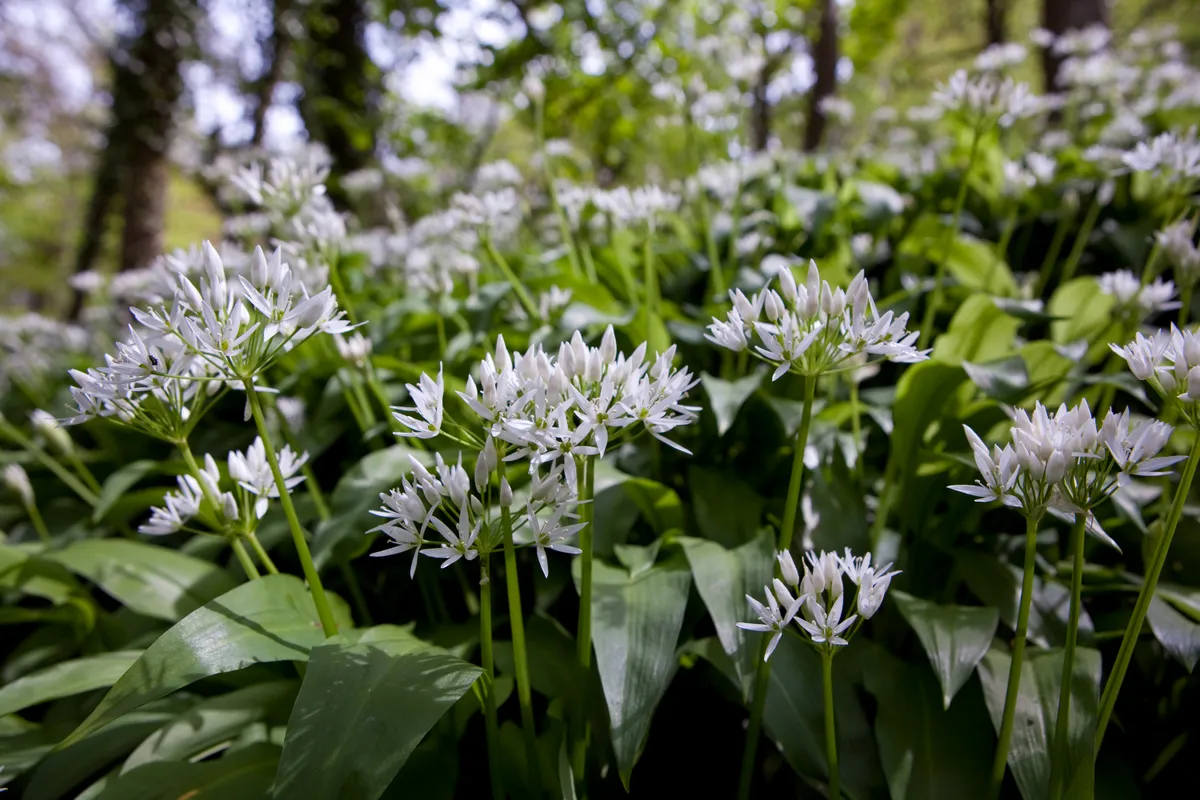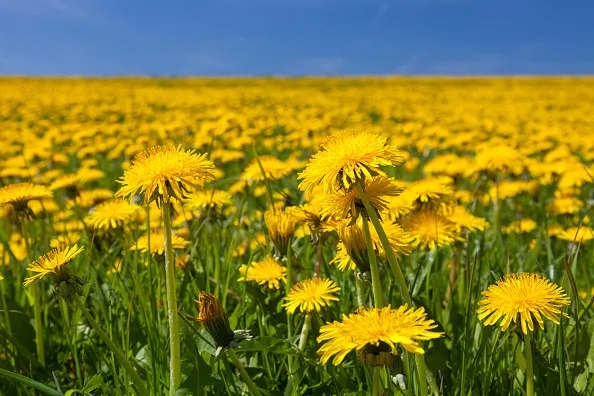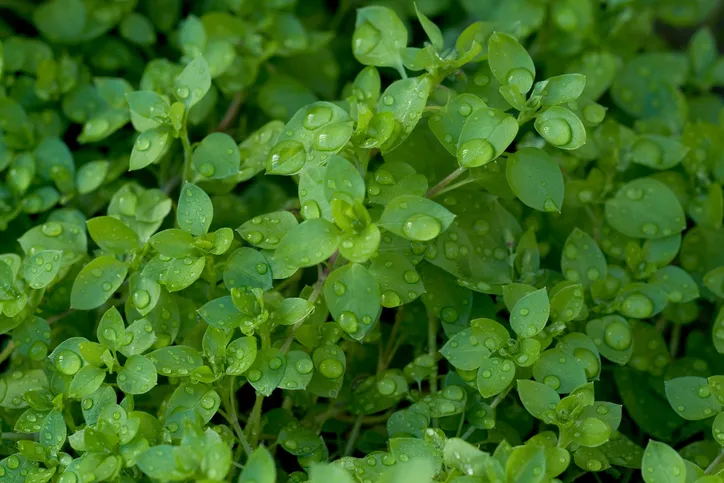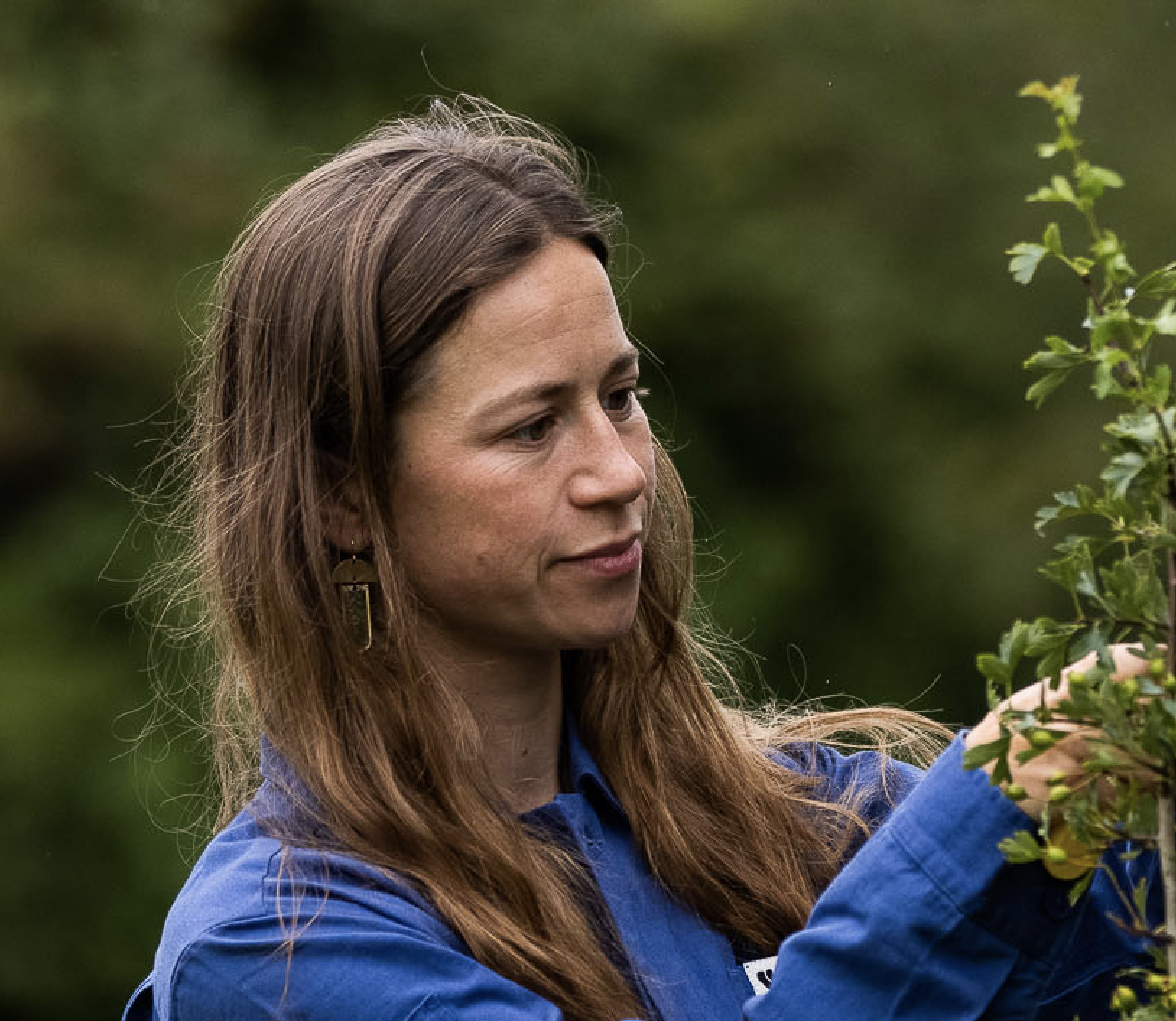May is a joyous time to be out in the woodlands, walking among carpets of bluebells, celandine and wood anemones, listening to the spring birds and enjoying the first real warmth from the sun through the trees.
It's not a bad time for foraging, either. Wild garlic is well established and, by now, flowering in abundance. Dandelions have covered our fields and verges with their beautiful yellow flowers, and other springtime bounty such as common sorrel and hawthorn are waiting to be picked.
Here is our guide to what to forage for in May in Britain, with a few key details regarding where each plant can be found, characteristics and recipe ideas.
Where to forage in May
Head to woodlands and meadows for this month's best wild food.
Wild garlic (Allium ursinum)

Also known as Bear leek, wild garlic is an edible plant that emerges in April and can be foraged right through to the start of summer. Use it when cooking to add great flavour to your favourite recipes.
The leaves and flowers are edible. Young leaves are delicious added to soups, sauces and pesto. Leaves appear in March and are best picked when young. The flowers emerge from April to June and can add a potent garlic punch to salads and sandwiches.
See our guide to wild garlic
Common sorrel (Rumex acetosa)

Common sorrel, also known as garden sorrel, is a member of the dock family and grows in meadows, parks and scrub land. You can also grow it yourself – although bear in mind it is toxic to dogs and cats.
Garden sorrel has a tangy, acidic taste and will give your sauces, soups and salads a zingy twist. It’s also a great alternative for basil when making your own delicious pesto.
Dandelion (Taraxacum officinale)

Parts used: flowers
Still in full swing at the start of the month, dandelions will slowly turn to seed during this month and begin spreading their tiny parachutes of seeds in abundance. Make the most of the flowering season to pick the petals and try your hand at some sweet recipes, such as dandelion wine, dandelion and rum cake or dandelion syrup.
Dandelion guide: where to find, how to pick and recipe ideas
Rachel Lambert, foraging tutor and author of Wild & Sweet, is your guide to how to forage for dandelions in Britain, including where they can be found, nutritional benefits and recipe ideas
Freshly picked dandelions/Credit: Elliot White
Chickweed (Stellaria media)

Parts used: leaves
You might have chickweed growing in your garden from spring through till autumn. Add it to salads, pesto or use it to make an attractive garnish.
Hawthorn (Crataegus laevigata)

Parts used: leaves and blossoms (fruits in autumn)
The old English for Hawthorn is Haggathorn, meaning hedge or fence thorn, alluding to its use as a boundary marker by farmers and people living in the countryside. Flowering in frothy white blooms, this tree is identifiable by its toothed, lobed leaves, blossoming in April and May in lanes and hedgerows of the UK.
You can pick the edible leaves and flowers by finding the point where the green shoot meets the branch. These edible parts can be used fresh in many ways: added to salads, as a garnish or as a tea. They are packed full of Vitamin B and C, iron and calcium. These compounds, along with others present in the plant, have antioxidant and immune-boosting qualities as well as being great for general cardiovascular health.
Hawthorn flowers don't enchant the senses in the same way as cherry or apple blossom, so they're best blended with other herbs such as peppermint or dried rosehip.
Red Clover (Trifolium pratense)

Parts used: flowers (preferably) and leaves
These plants are very distinct with a deep pink flower head, made up of many tube-shaped flowers, becoming light pink or white toward the base.
Its green leaves usually have white or pale-green patterns on the upper side, used to guide pollinators to the flower head. Growing all over the world, it has been used for thousands of years as food for livestock and honey bees. This plant contains a rich source of Vitamin A, B1, B3, C, E and K as well as calcium, iron, magnesium, manganese and potassium. Harvest the flower heads on a sunny day and break apart the petals when you add them to your salad; they look great speckled across a colourful plate.
Horsetail (Equisetum arvense)

Parts used: leaves
This ancient plant family was once the dominant group of plants on our planet, with some varieties growing as tall as pine trees; nowadays most varieties only grow up to 3 feet tall. Early in spring, the tan-coloured, fertile shoots appear, expel the light green pollen, then make way for the green barren stalks.
It is these silica-filled leaves that are great for tightening and toning the cell walls, perfect for overly relaxed states that give rise to varicose veins or haemorrhoids. Harvest the aerial parts of the green leaves, cutting the stems at the base, between the nodules. Drinking horsetail leaf as a tea is the good way to absorb the powerful minerals and our body uses them to strengthen cell walls and build strong bones, hair, skin and nails.
Daisy (Bellis perennis)

Parts used: flowers
Surprising as it may be, the common daisy is a nutritious food source. The flower heads extend singularly on leafless stalks. The outer florets are white, tipped with red, and the inner florets are yellow. The leaves are blunt and oblong, narrowing at the base. They can be found in Britain, Europe, parts of the Middle East, USA and western Asia, growing in meadows, grasslands, lawns, hills, woods, parks and gardens.
The young flower heads or buds can be added to soups or salads, or even sandwiches, whereas the leaves are slightly more bitter, but can be cooked and used as a pot herb. Using this herb in food or drinking a cup of daisy tea can help to improve circulation and provide a source of Vitamin C.
Medicinal herbs to forage for in May
Herb Robert (Geranium robertianum)

Parts used: leaves and flowers
This plant has a distinct pink flower that can be seen among its delicate leaves. Some plants develop hairs and can turn a reddish colour on the stalk and leaves. It’s famous for its somewhat unpleasant smell, which explains why it's used as a natural insect repellent; once you’re sure of identification, rub your fingers amongst the leaves and experience the smell for yourself!
If you don’t mind the scent, you can rub the leaves on your skin for an effective repellent. You’ll find this herb growing in the undergrowth, in rocks and walls, hedges and other shady areas. Fresh leaves can be eaten or used as a tea or the plant can be dried and used in later months as a nutrient source. It is thought to have powerful immune-boosting properties and helps make oxygen more available to our cells – a valuable way to prevent disease as well as fight off existing illnesses.
See what to forage for in June
Main image credit: Common dandelions (Taraxacum officinale) flowering in field in spring/Credit: Getty Images
